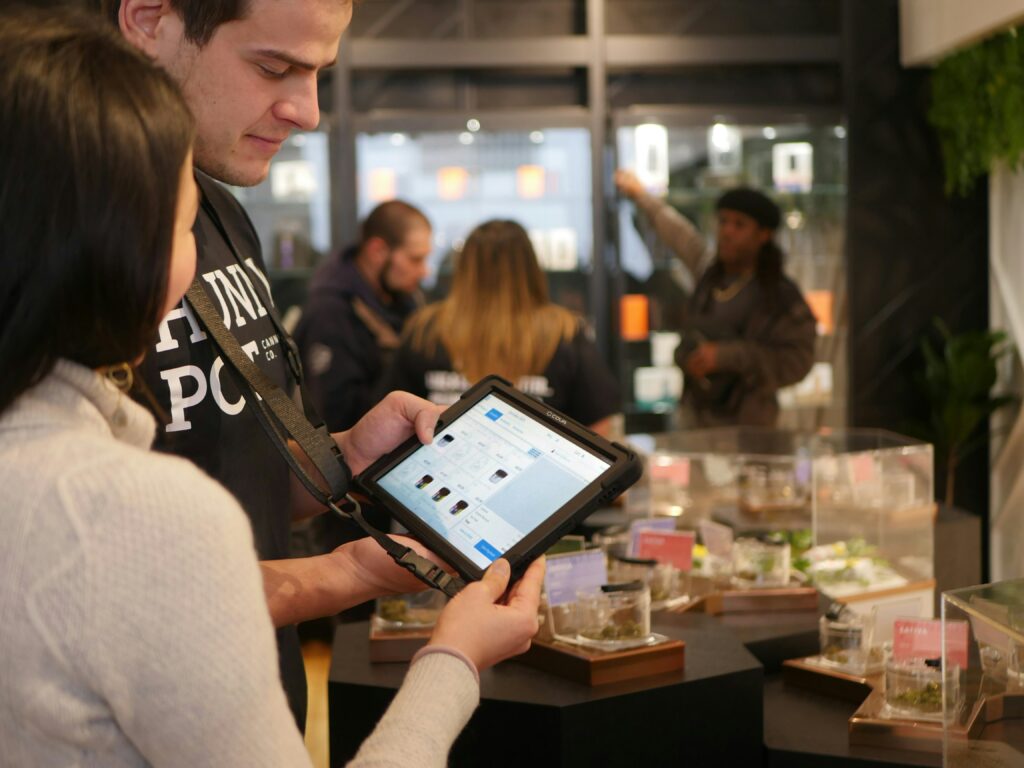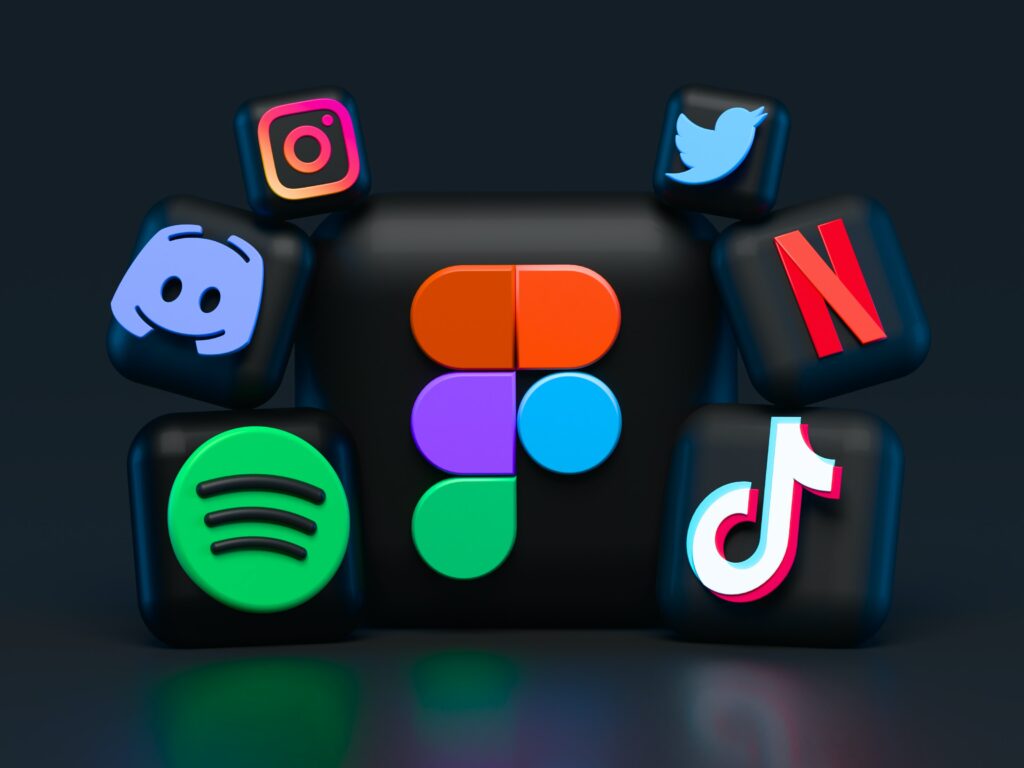
Customer churn is a pivotal metric in the SaaS industry, with the average churn rate for SaaS companies estimated to hover around 13% annually. This figure clearly shows the customer retention challenge many businesses face. High churn rates can significantly impede growth by undercutting the potential lifetime value of customers and inflating customer acquisition costs.
Since a considerable portion of customer churn occurs within the first few months of acquisition, swift and comprehensive onboarding processes can be a decisive factor in mitigating early-stage churn. Educating customers about a product’s features and benefits early on is essential in demonstrating value and forming a solid foundation for customer loyalty.
This article discusses how rapid and effective onboarding can help you battle against customer churn for your SaaS business. Let’s dive in!
Understanding SaaS Churn
SaaS churn refers to the rate at which a software-as-a-service (SaaS) company loses subscribers or revenue due to cancellations or non-renewals. Churn is a critical metric as it directly impacts a company’s recurring revenue and growth potential.
Key metrics to measure churn include customer churn rate, revenue churn rate, and lifetime value (LTV). The customer churn rate is calculated by dividing the number of customers lost during a period by the total number of customers at the start of that period. The revenue churn rate considers the monthly recurring revenue (MRR) lost from those customers.
High churn rates in SaaS businesses are often due to several common reasons:
- Poor customer fit, leading to dissatisfaction with the product.
- Insufficient customer onboarding, resulting in a lack of understanding of the product’s full capabilities.
- Lack of perceived value, where users don’t believe the software meets their needs or justifies its cost.
The Role of Customer Onboarding in Reducing Churn
Customer onboarding is a first defense against churn. It is the process by which new users are introduced and acclimated to a SaaS platform. A solid onboarding process can significantly impact customer retention. When customers understand the value of the product and how to use it effectively, they are less likely to churn. Through a series of strategic training and support steps, users become proficient in navigating the software, leading to a higher likelihood of continued use.
Here are some key elements of customer onboarding in reducing churn:
- Quick Time-to-Value: Customers should be able to reach their “Aha!” moment swiftly when they recognize the product’s value to their needs.
- Personalized Experiences: Tailoring the onboarding experience based on customer segments ensures relevance and engagement.
- Education and Support: Offering robust resources and help options can prevent frustration and abandonment.
To decrease SaaS churn, companies must invest in an onboarding approach that emphasizes rapid value delivery, user education, and ongoing support. This breeds customer confidence in the product, fostering a committed user base less prone to churn.
5 Strategies for Fast and Effective Customer Onboarding
1. Simplify the Sign-Up Process
To reduce churn in a SaaS business effectively; one must first streamline the account creation experience. A complicated sign-up can be a major deterrent for potential users. Businesses should aim to minimize the number of steps required to create an account, thus reducing entry barriers for new users.
Best Practices for Streamlining Account Creation involves:
- Reduce Form Fields: Only ask for essential information. For example, if a service doesn’t require a physical address for operation, omit that field.
- Single Sign-On (SSO) Options: Integrate with Google, Facebook, or other widely-used platforms to allow users a one-click sign-up.
- Guided Setup: Incorporate a step-by-step guide or wizard to assist new users through the setup, making the task seem less overwhelming.
Slack’s onboarding process starts from its homepage, highlighting the app’s value proposition and leading users through a streamlined sign-up process that captures only essential information.
The onboarding flow includes a welcome screen that reiterates the value proposition and a survey to personalize the user experience further.
The focus is on quickly getting users to start deriving value from the tool?.
2. Personalize the Onboarding Experience
Personalization is crucial in creating an engaging onboarding experience. SaaS companies often see a sharp decrease in churn rates when they treat users as individuals with unique roles, behaviors, and needs.
You can start by segmenting users based on their behavior or role. This practice allows you to tailor your onboarding process to meet the specific needs of different user groups. Customizing onboarding content and pace is another significant step. You might create role-specific tutorial videos or offer interactive walkthroughs that adapt to your user’s progress. Content can be paced to avoid overwhelming users, gently nudging them towards proficiency with the software.
Notion, a project management tool, gathers key data about the user right from the start, allowing for a branched onboarding experience tailored to the user’s needs.
This includes showing a checklist within Notion itself, which helps users quickly understand the tool’s purpose and start using it effectively?.
Here are some strategies for personalizing your onboarding process:
- Role-Based Paths: Develop dedicated onboarding pathways for each user role.
- Adaptive Learning: Employ algorithms to adjust the onboarding flow based on how quickly a user is learning.
- Feedback Loops: Integrate opportunities for users to provide feedback via survey tools, enabling further onboarding refinement.
By embracing these personalization strategies, SaaS providers can foster a sense of value and investment in their product from day one, significantly reducing the overall churn rate.
3. Implement a Guided Tour
Implementing an interactive guided tour is key for customer onboarding. Interactive walkthroughs serve as a step-by-step guide, unveiling product features in a controlled, hands-on environment.
Best practices suggest that a guided tour should be:
- Intuitive: Don’t overwhelm users. Start with the basics and advance progressively.
- Engaging: Use tooltips, hotspots, and modals to interact with users.
- Relevant: Customize the experience based on user roles or actions.
- Accessible: Allow users to revisit the tour if needed.
A real-world example of a successful guided tour implementation comes from the video recording tool Loom. Loom enhances its product tours with in-app video tutorials, providing contextual guidance and helping users understand how to use the platform effectively.
By educating users immediately, Loom engages users directly and offers a more dynamic learning environment.
Here’s a checklist for creating a guided tour:
- Objective: Define what the user should accomplish.
- Content: Outline the steps in the tour.
- Tools: Select software for creating the walkthrough.
- Feedback: Provide a method to collect user responses.
4. Provide Accessible and Comprehensive Support
Offering accessible and comprehensive support is critical in reducing churn for SaaS businesses. This support should be multifaceted, encompassing a variety of channels and resources to accommodate different customer needs and preferences.
Setting up a knowledge base is a foundational step. An effective knowledge base should be easy to navigate and filled with helpful articles, FAQs, and problem-solving guides. By providing self-service resources, customers can find answers quickly without waiting for assistance.
Offering live support through communication channels such as chat, email, and phone ensures that when self-service options are not enough, personalized help is readily available. Live support should be:
- Prompt in response times
- Staffed by knowledgeable agents
- Consistent in the quality of service across all channels
Take Calendly, for example. Calendly maintains a reputation for reliable support by staying in touch with customers primarily through email, supplemented by a thorough learning center and self-service support options.
5. Leverage Feedback Loops
When it comes to reducing churn in SaaS, establishing effective feedback loops during and after the onboarding process is crucial. By soliciting user feedback, companies can identify areas for improvement and create a more refined onboarding experience that meets customers’ needs. The key is to implement mechanisms that gather feedback at strategic points throughout the customer journey.
During onboarding, it’s beneficial to deploy short, targeted surveys that prompt users for their first impressions. After onboarding, follow-up emails can be used to assess longer-term satisfaction and to identify any ongoing issues or confusion.
Companies can use the insights from these feedback loops to iterate on their onboarding process. It’s important to look at the quantitative data, such as completion rates of onboarding steps, as well as the qualitative feedback from customers gained with the help of a customer service virtual assistant.
Advanced Techniques for Onboarding and Engagement
Here are some advanced techniques you can employ for your customer onboarding to boost engagement and generate more leads:
Gamification Elements:
These elements boost user motivation through rewards for achieving milestones. One example is awarding badges for completing profile setup or reaching certain usage thresholds, transforming mundane tasks into an engaging challenge.
AI and Machine Learning:
Another cutting-edge method is utilizing AI and machine learning to customize onboarding paths. This personalization ensures that users encounter relevant content and features tailored to their needs. For instance, a marketing professional might be guided to features specific to campaign management, while a salesperson would see a different onboarding experience centered on lead tracking and engagement tools.
Building a User Community:
Building a community for new users can foster engagement and customer loyalty. This approach could involve creating exclusive user groups or forums where customers can share tips, provide feedback, and connect with peers.
These strategies cultivate a proactive onboarding experience, directly contributing to user competence and, subsequently, loyalty.
Measuring the Success of Your Onboarding Efforts
To gauge the efficacy of your SaaS customer onboarding, you need to deploy key performance indicators (KPIs) as your compass. Here are some KPIs that you should consider:
- Activation rate: It indicates the percentage of users who reach a predefined milestone, revealing if the onboarding process effectively leads to product engagement.
- Time-to-first-value (TTFV): It reflects how quickly users perceive the benefit of the software post-onboarding. A shorter TTFV typically correlates with reduced churn, as users who quickly recognize value are more likely to continue using the service.
- User engagement metrics: Metrics such as feature usage rate and frequency of logins provide tangible evidence of user interest and satisfaction.
Understanding user behavior and making continual adjustments is critical. Onboarding strategies should pivot based on performance data to foster a dynamic and responsive system.
Mastering Customer Onboarding: The Key to SaaS Churn
Efficient customer onboarding is pivotal in mitigating SaaS churn, acting as a cornerstone for long-term user retention and satisfaction. Successfully addressing customer issues on the first interaction and effectively managing their expectations can lead to a 67% reduction in customer churn.
Thus, by streamlining the sign-up process, personalizing onboarding experiences, engaging users with interactive guides, providing comprehensive support, and leveraging feedback loops, SaaS businesses can significantly reduce churn rates.
This strategic approach not only fosters a positive initial user experience but also cultivates ongoing engagement, ensuring customers recognize and derive value from the product swiftly, thus laying a solid foundation for sustained growth and success for your SaaS business.
Featured Image by Cova Software on Unsplash
The post How to Reduce SaaS Churn with Fast Customer Onboarding? appeared first on noupe.
